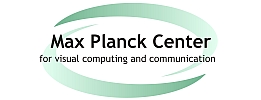| Foto | First Name | Last Name | Position |
|---|---|---|---|
 |
Mike | Sips | Visual Exploration of Space-Time Pattern in Multi-Dimensional and Heterogeneous Data Spaces |
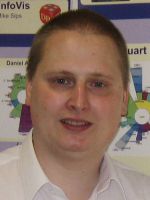 |
Mike | Sips | Visual Exploration of Space-Time Pattern in Multi-Dimensional and Heterogeneous Data Spaces |
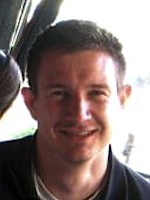 |
Michael | Stark | Visual Object Recognition and Scene Interpretation |
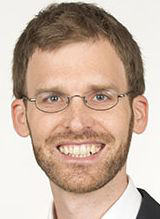 |
Jürgen | Steimle | Embodied Interaction |
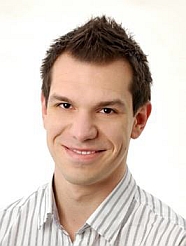 |
Markus | Steinberger | GPU Scheduling and Parallel Computing |
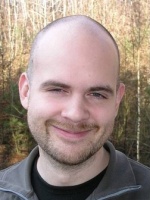 |
Carsten | Stoll | Optical Performace Capture |
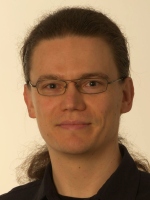 |
Robert | Strzodka | Integrative Scientific Computing |
 |
Robert | Strzodka | Integrative Scientific Computing |
 |
Holger | Theisel | Topological Methods for Vector Field Processing |
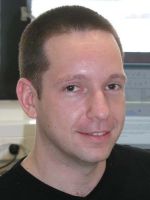 |
Holger | Theisel | Topological Methods for Vector Field Processing |
Researcher
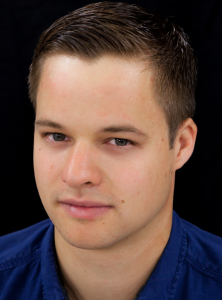 |
Dr. Michael Zollhöfer |
Visual Computing, Deep Learning and Optimization
| Name of Research Group: | Visual Computing, Deep Learning and Optimization |
| Homepage Research Group: | web.stanford.edu/~zollhoef |
| Personal Homepage: | zollhoefer.com |
| Mentor Saarbrücken: | Hans-Peter Seidel |
| Mentor Stanford: | Pat Hanrahan |
| Research Mission: | The primary focus of my research is to teach computers to reconstruct and analyze our world at frame rate based on visual input. The extracted knowledge is the foundation for a broad range of applications not only in visual effects, computer animation, autonomous driving and man-machine interaction, but is also essential in other related fields such as medicine and biomechanics. Especially, with the increasing popularity of virtual, augmented and mixed reality, there comes a rising demand for real-time low latency solutions to the underlying core problems. My research tackles these challenges based on novel mathematical models and algorithms that enable computers to first reconstruct and subsequently analyze our world. The main focus is on fast and robust algorithms that approach the underlying reconstruction and machine learning problems for static as well as dynamic scenes. To this end, I develop key technology to invert the image formation models of computer graphics based on data-parallel optimization and state-of-the-art deep learning techniques. The extraction of 3D and 4D information from visual data is highly challenging and under-constraint, since image formation convolves multiple physical dimensions into flat color measurements. 3D and 4D reconstruction at real-time rates poses additional challenges, since it involves the solution of unique challenges at the intersection of multiple important research fields, namely computer graphics, computer vision, machine learning, optimization, and high-performance computing. However, a solution to these problems provides strong cues for the extraction of higher-order semantic knowledge. It is incredibly important to solve the underlying core problems, since this will have high impact in multiple important research fields and provide key technological insights that have the potential to transform the visual computing industry. In summer 2019 Michael Zollhöfer joined Facebook. |
Researcher
- Name of Researcher
- Dr. Renjie Chen
- Homepage of Research Group
- First Name
- Renjie
- Last Name
- Chen
- Foto
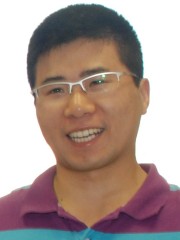
- url_foto
- Homepage
- staff.ustc.edu.cn/~renjiec/
- Phone
- Position
- Images and Geometry
- Mentor in Saarbruecken
- people.mpi-inf.mpg.de/~hpseidel/
- Mentor in Stanford
- Categories
- Former Groups
- Research Mission
- As its core mission, computer graphics endeavors to deliver natural-looking and convincing graphic contents, such as images, videos and 3D models for various applications, including design, entertainment, education, simulation, etc. In many cases, “natural-looking” can be interpreted as low distortion with respect to some reference. Depending on the application, the distortion can be measured as the amount of feature stretching, non-feature noise, change of scale, self-overlapping, and so on. As distortions can largely affect human perception of the contents, we want to generate images and shapes with no distortion or controlled amount of distortions. A basic requirement for shape modeling is the results should not have self-overlapping, in other words, the map should be bijective. Besides bijectivity, more general distortion measures, such as smoothness, conformality, area-preserving, rigidity, quasiconformal factor, etc., are used in different applications. Traditionally, the distortion measure of the results is defined as the sum of local distortions. And the distortion is minimized, so that overall, the resulting shape look natural. However, the distortion can be concentrated in some local regions and cause unnatural behavior of the results. While, in practice, the users usually want low distortions everywhere within the domain. This problem can be posed as a hard constrained optimization problem, where the distortions for any point in the domain is constrained to be smaller than some user specified bounds. This means that we need to solve an optimization problem with a great number of constraints, and most constraints are non-convex. Our mission is to design algorithms that can solve these optimization problem efficiently, in order to provide the users interactive tools for shape modeling. We would also like to investigate the theoretical aspects of these problems, such as the existence and uniqueness of the solution, given the user specified distortion constraints and other constraints. Since summer 2019 Renjie Chen is a professor in the Graphics & Geometric Computing Laboratory at University of Science and Technology of China in Hefei.
- mission_rtf
- Name of Research Group
- Images and Geometry
Personal Info
- Photo

- Website, Blog or Social Media Link
